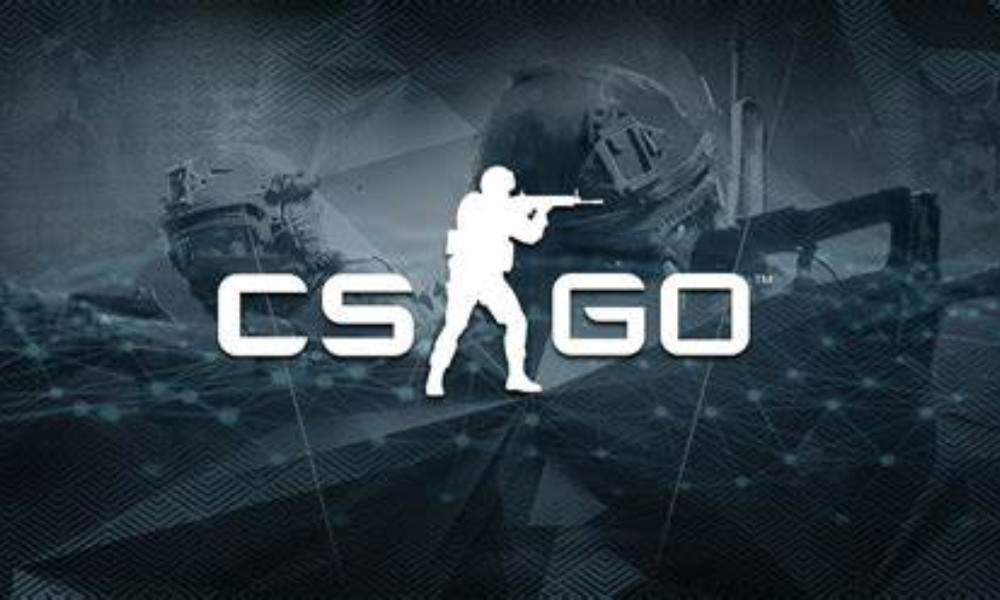The Role of Data Analysis in CS:GO Strategy
Introduction
Counter-Strike: Global Offensive (CS:GO) is not just a game of individual skill and reflexes; it is also a game of strategy and teamwork. In the pursuit of victory, teams and players constantly seek ways to gain an edge over their opponents. One powerful tool that has emerged in recent years is data analysis. By leveraging data, teams can gain valuable insights into their own performance, opponents’ tendencies, and overall trends in the game. In this blog post, we will explore the role of data analysis in CS:GO strategy and how it can contribute to a team’s success.
Performance Evaluation and Improvement
Data analysis provides teams with objective metrics to evaluate their performance. By collecting and analyzing data from matches, teams can identify patterns and trends in their gameplay. This includes statistics such as kill/death ratios, headshot percentages, utility usage, and round win percentages. These metrics can highlight areas of strength and weakness, allowing teams to focus their efforts on improving specific aspects of their gameplay. Whether it’s individual player performance or team-wide strategies, data analysis provides valuable feedback for targeted improvement.
Opponent Analysis and Counter-Strategies
Understanding the tendencies and strategies of opponents is crucial in CS:GO. Data analysis allows teams to study the playstyles, preferred strategies, and map preferences of opposing teams or individual players. By analyzing data from past matches, teams can identify patterns and exploit weaknesses in their opponents’ gameplay. This information can inform the development of counter-strategies and adaptations to specific opponents. Data analysis can help teams identify key players to target, predict rotations, and adjust their own strategies to counter opponents effectively.
Map and Meta Analysis
CS:GO features a variety of maps, each with its own unique layout and strategic considerations. Data analysis can shed light on the effectiveness of different strategies and approaches on specific maps. By analyzing heatmaps, player movement patterns, and weapon usage statistics, teams can uncover optimal routes, chokepoints, and bomb plant locations. This information allows teams to fine-tune their strategies and maximize their chances of success on each map. Furthermore, data analysis can also reveal meta trends, such as weapon popularity, economy management strategies, and round outcomes, which can shape the overall strategic approach of a team. https://csgoradar.com/
Economy Management and Decision-Making
Economy management is a critical aspect of CS:GO strategy. Properly managing the team’s economy ensures a consistent supply of weapons, utility, and armor throughout the match. Data analysis can help teams understand the economic decisions of opponents, such as force buys, eco rounds, or full saves. By analyzing opponents’ economic tendencies, teams can make informed decisions about their own economy and adapt their strategies accordingly. This includes identifying optimal times for aggressive pushes, calculated risks, or saving for future rounds. Data-driven economy management can give teams a significant advantage by maximizing their resources and disrupting opponents’ strategies.
Post-Match Analysis and Adaptation
Post-match analysis plays a vital role in the development of a team’s overall strategy. By analyzing data from previous matches, teams can gain insights into their opponents’ adaptations, identify weaknesses in their own gameplay, and make necessary adjustments. Data analysis allows teams to track their progress, measure the effectiveness of strategic changes, and evaluate the success of individual players. This iterative process of analysis and adaptation is crucial for the long-term growth and success of a team in the dynamic landscape of CS:GO.
Scouting and Talent Identification
Data analysis can also play a role in scouting and talent identification. By analyzing data from various sources, such as matchmaking platforms, third-party tournaments, and amateur leagues, teams can identify promising players who may have flown under the radar. Data analysis can provide objective metrics to evaluate player performance and potential. Teams can use this information to build their roster, recruit talent, and nurture the next generation of CS:GO professionals.
Conclusion
Data analysis has become an integral part of CS:GO strategy. It provides teams with valuable insights into their own performance, opponents’ tendencies, and overall trends in the game. By leveraging data, teams can evaluate and improve their gameplay, develop effective counter-strategies, optimize map strategies, manage their economy, and make informed decisions based on objective metrics. In an increasingly competitive esports landscape, data analysis offers teams a strategic advantage, allowing them to stay one step ahead of their opponents. As the game continues to evolve, the role of data analysis in CS:GO strategy will only become more prominent.






